Basic Chemical Reactions Worksheet
Chemistry can be a challenging subject, but with the right resources, understanding chemical reactions becomes more manageable. If you are a high school or college student seeking to enhance your knowledge in this field, a basic chemical reactions worksheet can be a valuable tool.
Table of Images 👆
- Chemistry Stoichiometry Worksheet Answer Key
- Balancing Redox Reactions Worksheet Answers
- Organic Chemistry Functional Groups
- Chemical Reactions Worksheet
- Know Your Elements Worksheet
- Example of a Subscript in a Chemical Formula
- Simple Addition Math Problems
- Double Replacement Reaction Lab
- Strong Acids and Bases AP Chemistry Worksheets
More Other Worksheets
Kindergarten Worksheet My RoomSpanish Verb Worksheets
Cooking Vocabulary Worksheet
DNA Code Worksheet
Meiosis Worksheet Answer Key
Art Handouts and Worksheets
7 Elements of Art Worksheets
All Amendment Worksheet
Symmetry Art Worksheets
Daily Meal Planning Worksheet
What is a chemical reaction?
A chemical reaction is a process in which one or more substances (reactants) undergo chemical transformation to form new substances (products) with different chemical compositions. During a chemical reaction, bonds between atoms are broken and new bonds are formed, resulting in a rearrangement of atoms and a change in the properties of the substances involved.
What are some common signs that a chemical reaction has occurred?
Common signs that a chemical reaction has occurred include color change, formation of a precipitate, evolution of gas (bubbles), temperature change (exothermic or endothermic), light emission, and odor production. These observable changes indicate that new substances with different properties have been formed as a result of the reaction taking place.
What is the difference between reactants and products in a chemical reaction?
Reactants are the starting materials in a chemical reaction that undergo a change in their chemical structure to form the products. Products are the substances that are formed as a result of a chemical reaction between the reactants. In simple terms, reactants are what you start with, and products are what you end up with after the reaction occurs.
What is the law of conservation of mass and how does it apply to chemical reactions?
The law of conservation of mass states that in a closed system, matter cannot be created or destroyed, only transformed. This applies to chemical reactions as the total mass of the reactants must equal the total mass of the products. This means that the number of atoms of each element must remain constant before and after a chemical reaction, even if they rearrange to form different molecules. In simpler terms, the total mass of substances involved in a chemical reaction does not change, reflecting the conservation of mass principle.
What are some different types of chemical reactions?
Some different types of chemical reactions include synthesis reactions (two or more substances combining to form a more complex product), decomposition reactions (a single compound breaking down into simpler substances), combustion reactions (a compound reacting with oxygen to produce heat and light), single replacement reactions (one element replaces another in a compound), double replacement reactions (exchange of ions between two compounds to form new compounds), and acid-base reactions (proton transfer between an acid and a base to form water and a salt).
How can you determine the chemical formula of a product in a reaction?
To determine the chemical formula of a product in a reaction, you need to balance the chemical equation first. Then, analyze the reactants and the conditions of the reaction to determine the possible products based on the laws of conservation of mass and charge. Finally, based on the elements involved, their valences, and the overall charge neutrality of the products, you can deduce the chemical formula of the resulting product in the reaction.
How can you balance a chemical equation?
To balance a chemical equation, you need to ensure that the number of each type of atom is the same on both sides of the equation. Start by adjusting the coefficients of the compounds in the equation to achieve this balance while following the law of conservation of mass. You may need to add coefficients in front of the compounds or change existing coefficients until the number of each type of atom is equal on both sides of the equation.
Give an example of a synthesis reaction.
An example of a synthesis reaction is when hydrogen gas (H2) reacts with oxygen gas (O2) to produce water (H2O). This can be represented by the chemical equation: 2H2 + O2 -> 2H2O. In this reaction, two simpler substances combine to form a more complex compound.
Give an example of a decomposition reaction.
A common example of a decomposition reaction is the breakdown of hydrogen peroxide (H2O2) into water (H2O) and oxygen gas (O2) when exposed to light or heat: 2H2O2 ? 2H2O + O2.
How are chemical reactions important in everyday life?
Chemical reactions are important in everyday life as they drive a wide range of processes essential for our existence, such as digestion, respiration, and metabolism. They are also responsible for producing energy to power our cars and homes, as well as the production of various materials like plastics, medicines, and food additives. Additionally, chemical reactions play a crucial role in environmental processes, such as the breakdown of pollutants and the production of oxygen through photosynthesis. Ultimately, chemical reactions are fundamental to sustaining life and supporting human activities.
Have something to share?
Who is Worksheeto?
At Worksheeto, we are committed to delivering an extensive and varied portfolio of superior quality worksheets, designed to address the educational demands of students, educators, and parents.





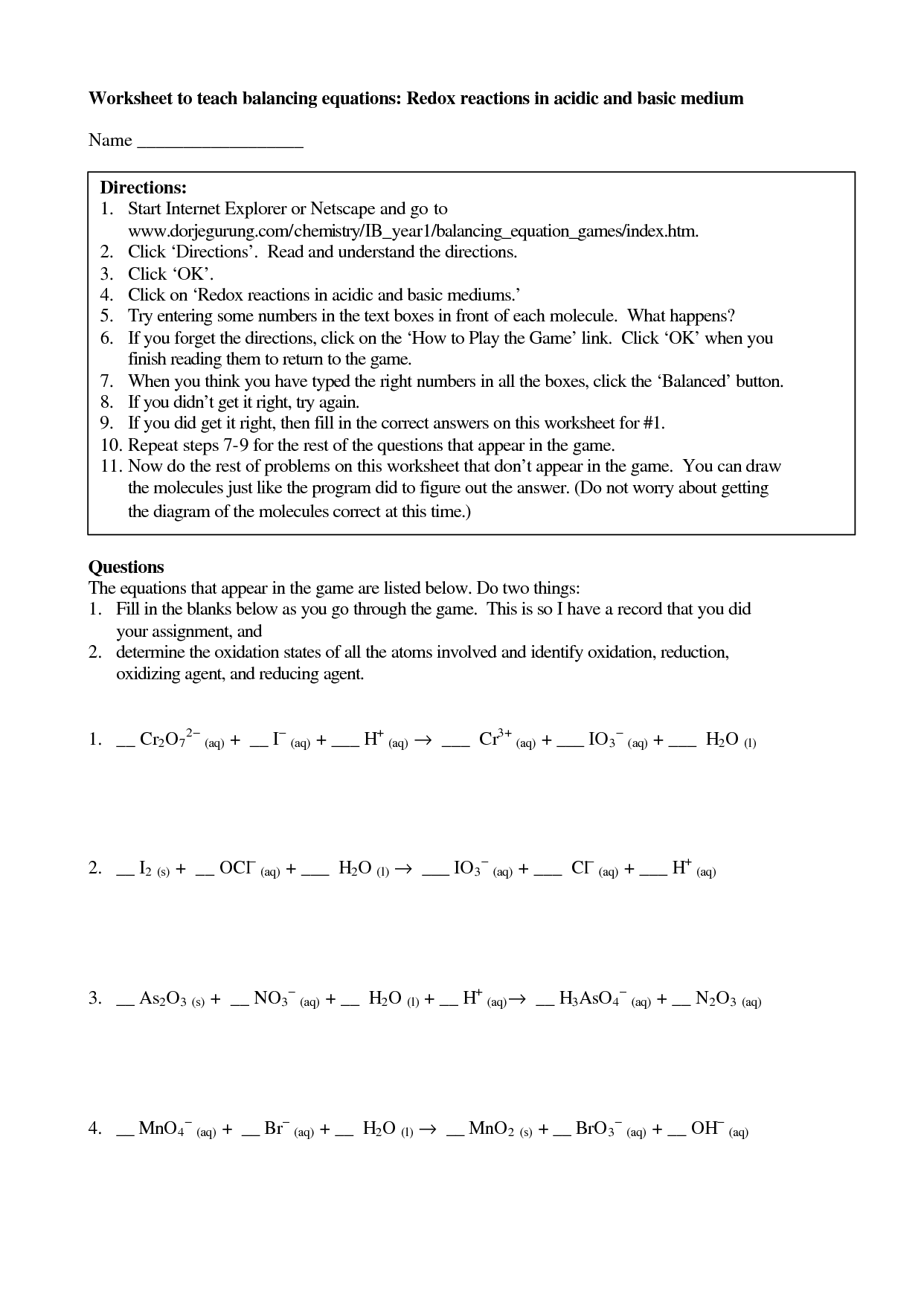

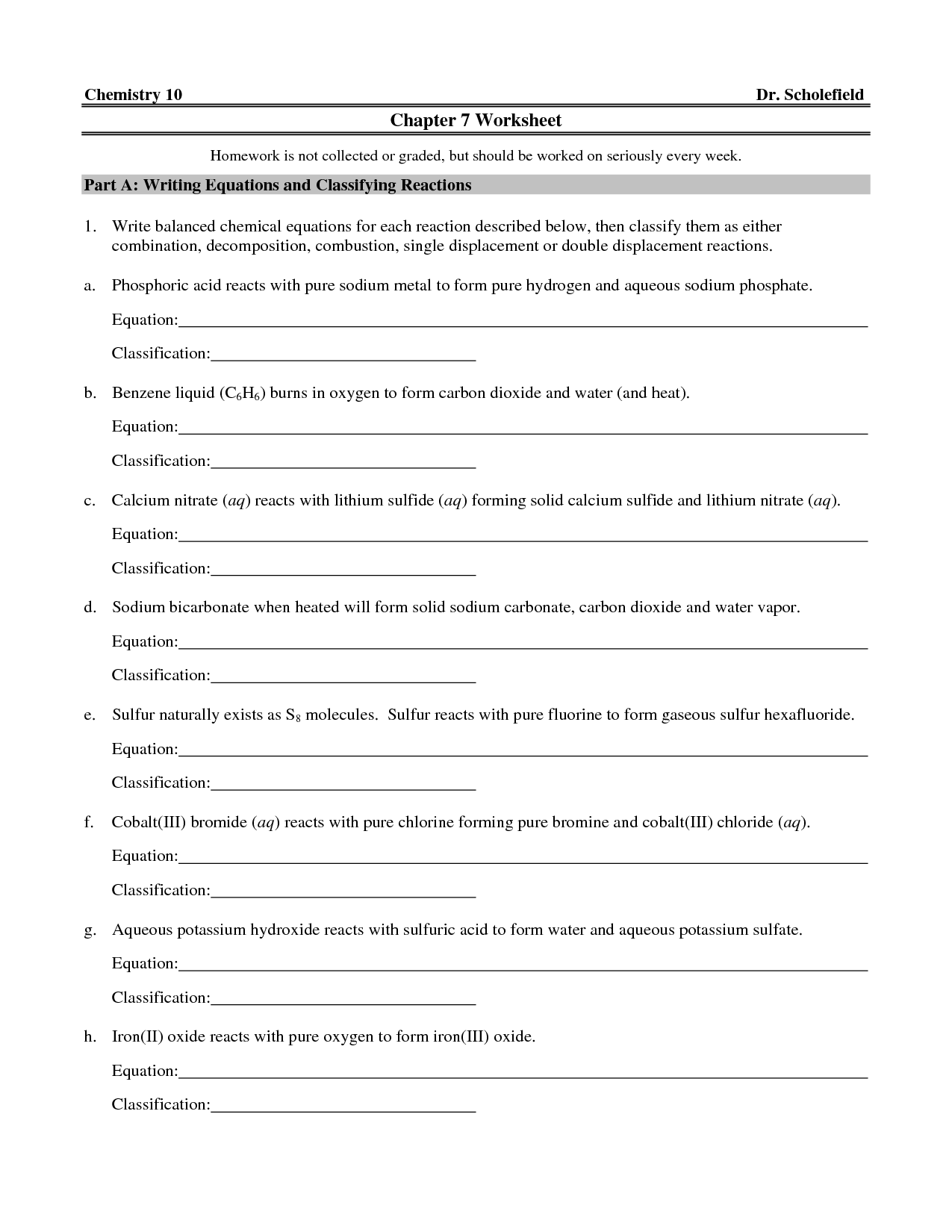
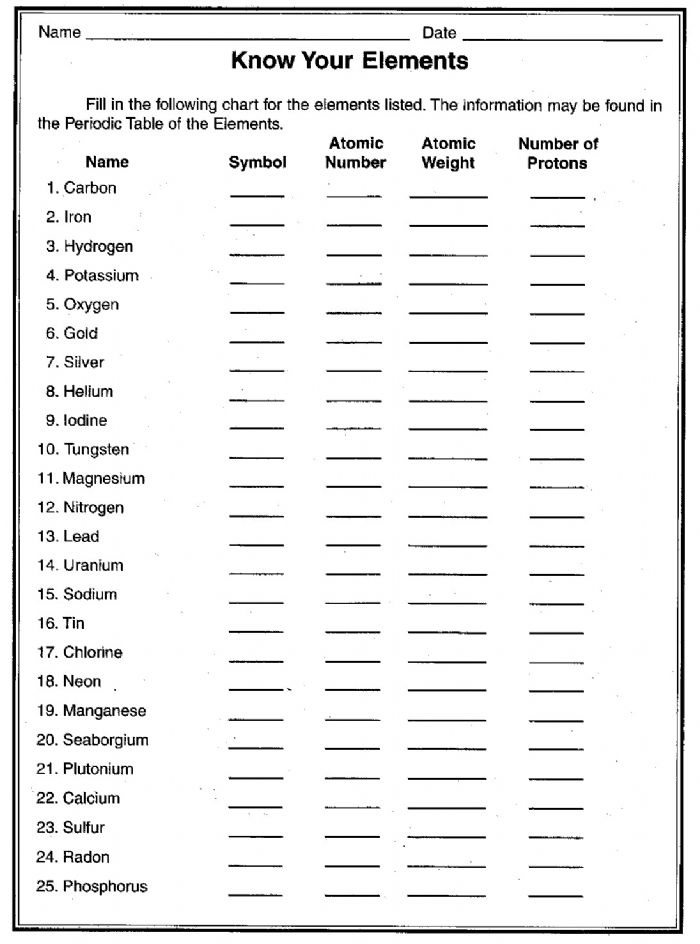

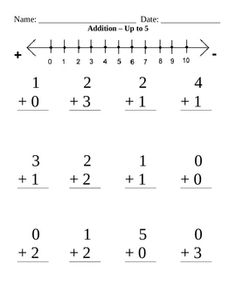
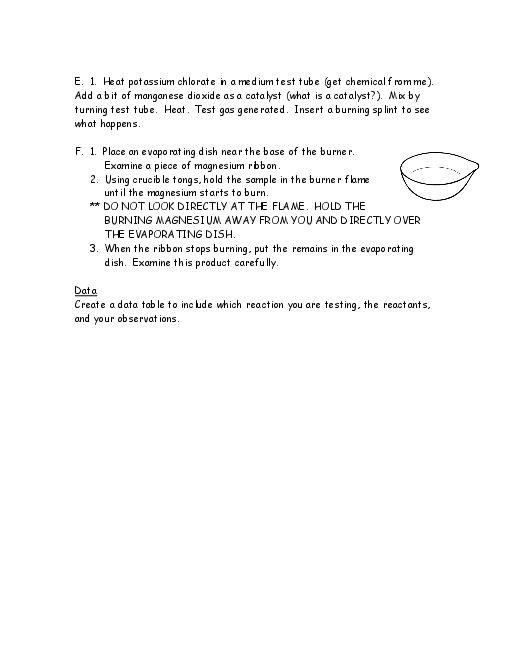
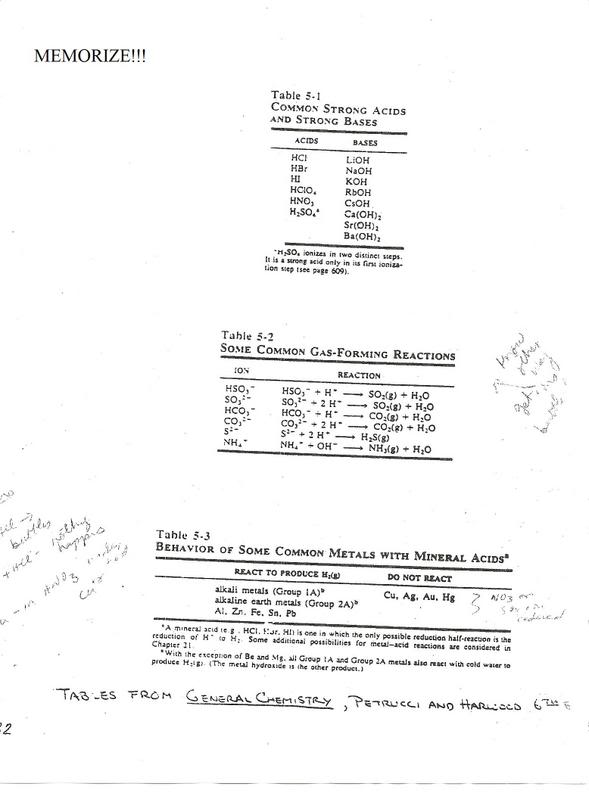














Comments